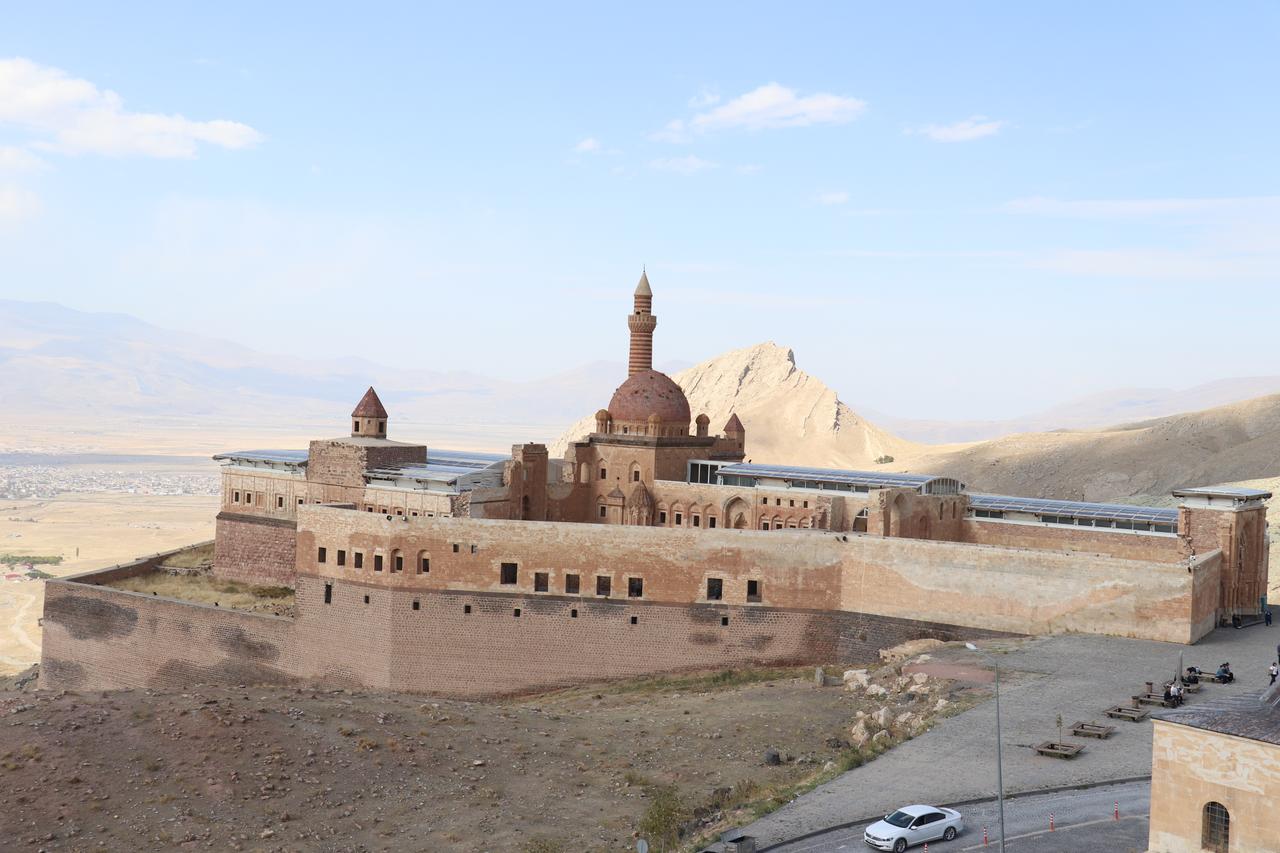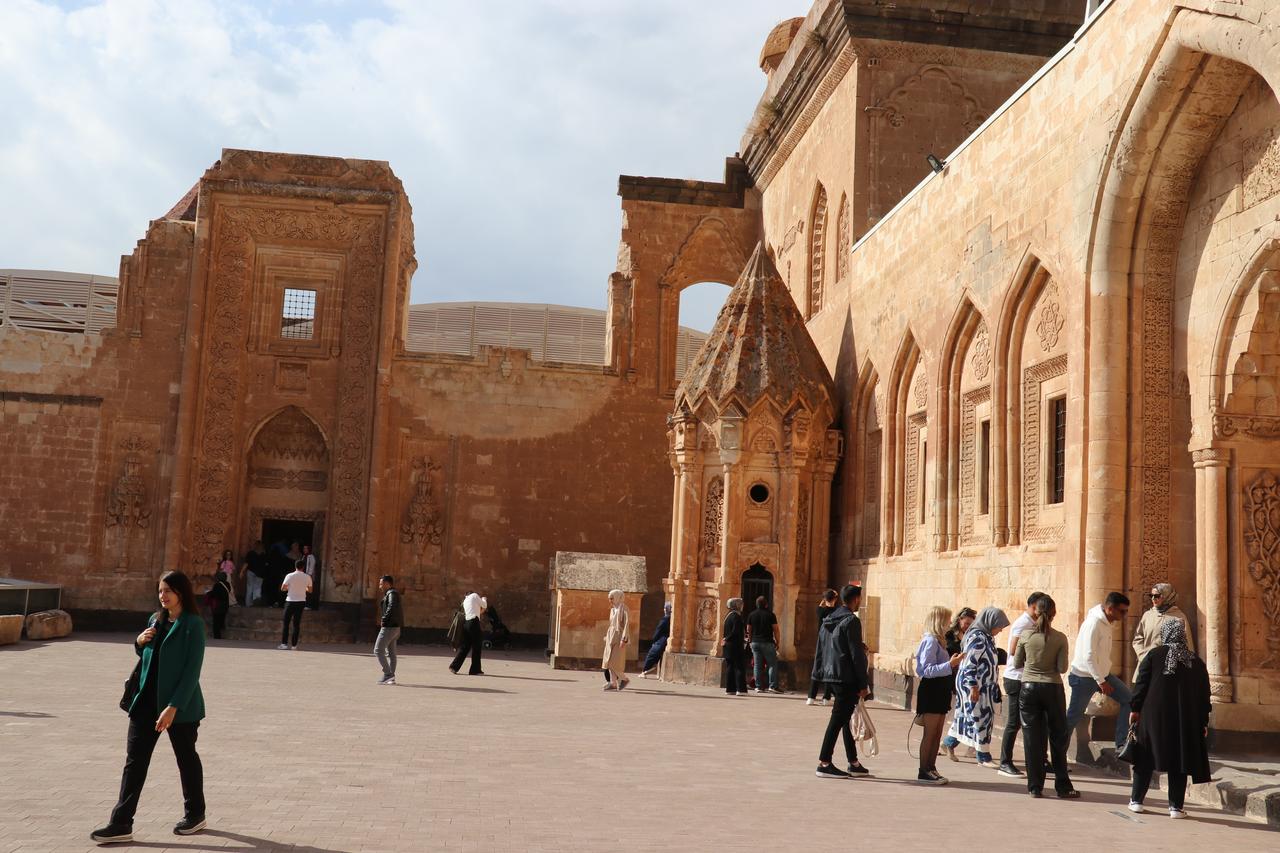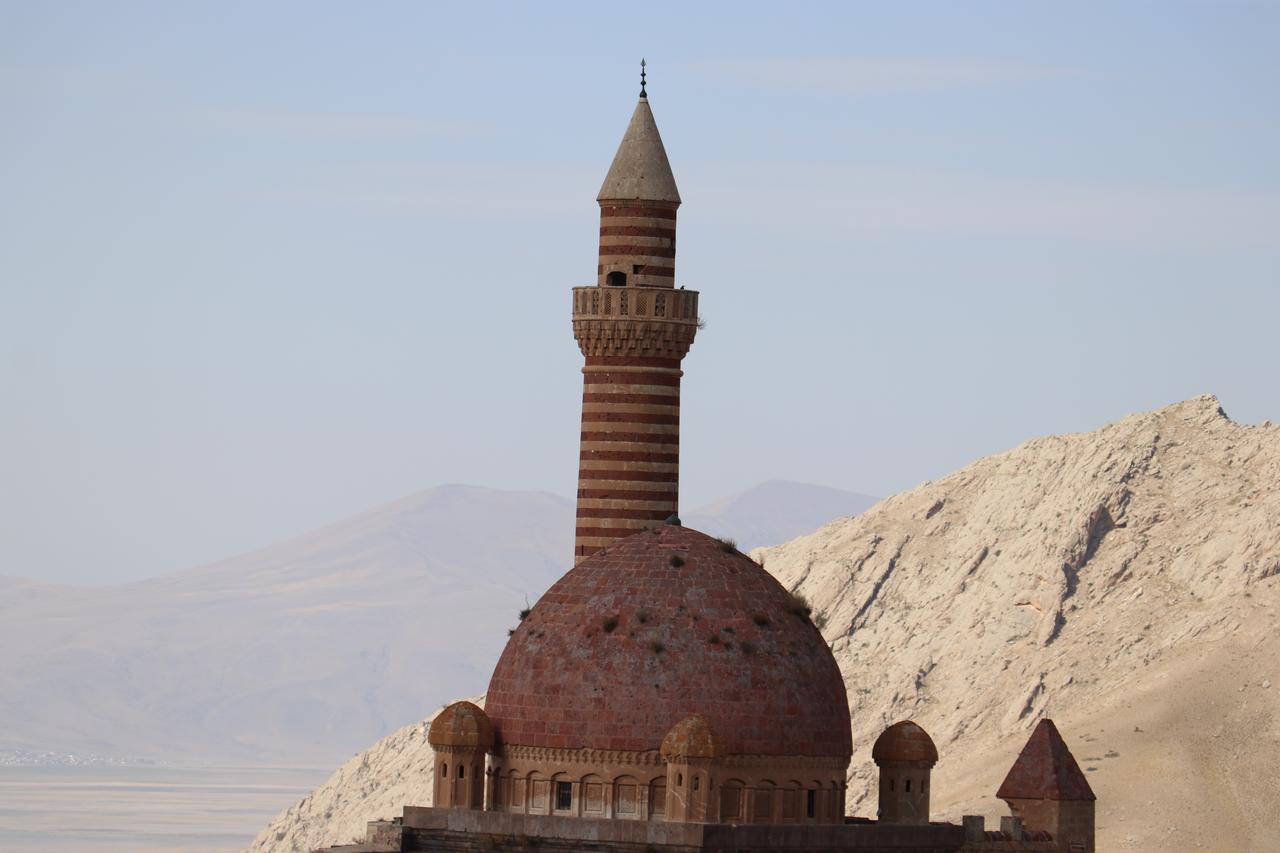
Built in the Ottoman Tulip Era, Ishak Pasha Palace—already on UNESCO’s World Heritage Tentative List since 2000—is taking first steps toward full inscription.
Associate Professor Sehnaz Eraslan Aliciguzel of Agri Ibrahim Cecen University is leading a project with two assistants to draft a “management plan” for the site, carried out as a scientific research project and to be shared with relevant institutions when complete.

Aliciguzel noted that UNESCO assesses sites that meet one or more criteria and demonstrate “authenticity” and “integrity,” alongside having both “site management” and a “management plan.”
She underlined a key rule since 2005: “If a site has no site management and management plan, UNESCO does not accept it to the World Heritage List.”
The team is at an initial stage, carrying out on-site observations and planning meetings with relevant bodies.
They will run a SWOT analysis—a structured look at strengths, weaknesses, opportunities, and threats—to shape the plan’s main lines, including conservation and sustainable tourism.
“This management plan is ultimately a project,” Aliciguzel said, pointing to a staged process that can build up over time.

Aliciguzel highlighted that the palace brings Ottoman and Seljuk architectural and technical features together, while its decorative program shows Baroque–Rococo influences and traits associated with Iranian art—an eclectic mix that aligns with UNESCO’s focus on outstanding universal value.
She also acknowledged restoration criticisms but stated that the structure has partially preserved its authenticity.
To make the work official, Aliciguzel explained that a protocol between the Ministry of Culture and Tourism’s General Directorate of Cultural Heritage and Museums and local administrations would start the site-management and management-plan procedures.
She added that the absence of these tools keeps long-term protection in the background and that launching the protocol could raise the palace’s chances of being nominated for the main list.